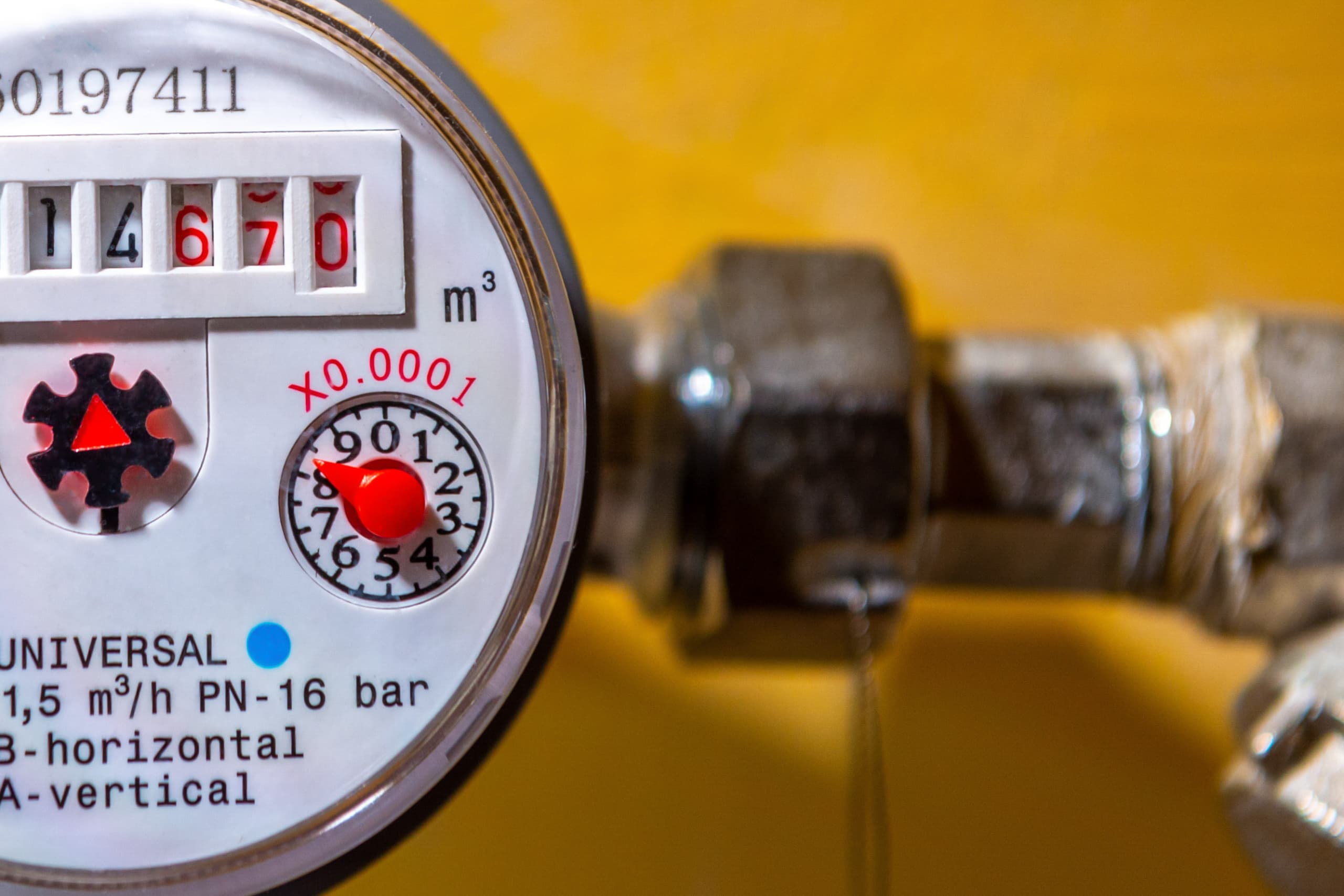How to simplify billing across multiple SPIDs
If your business operates across more than one site, you’ll know that water billing quickly becomes more complex. Each site has its own Supply Point ID, or SPID, which ties to an individual meter. Each SPID generates its own bill, its own meter readings, and its own record of charges. That creates a heavy flow of paperwork and digital files, with finance teams needing to cross-check information and maintain accuracy. An approach that brings all of this together can make billing far more manageable.

What do multiple SPIDs mean for your business?
Multiple SPIDs mean multiple accounts, each with its own set of details that must be tracked. For a company with several offices, warehouses, or retail units, that means juggling different invoices, varied due dates, and separate usage data. Each bill is handled independently, so staff have to spend extra time making sure nothing is missed. With several SPIDs in play, the information can spread across departments, spreadsheets, or filing systems, making it harder to keep everything aligned.
Each SPID also brings a need for ongoing management beyond paying the bill. Meter reads have to be submitted, anomalies need investigating, and any errors must be queried with the retailer. The more SPIDs you have, the greater the volume of these tasks. This increases the workload for finance and operations teams, and it can make it difficult to identify wider patterns in your company’s water use. Dealing with each SPID separately risks missing the overall picture of consumption and cost.
How consolidated billing helps you
Consolidated billing means that all SPIDs are brought together under a single invoice. Instead of receiving separate bills for each site, you’re given one document that captures the water use and charges across all accounts. That single point of reference makes it much easier for you to reconcile costs and monitor what you’re paying. A combined bill simplifies administration and reduces the number of separate records that need to be stored and checked.
With a consolidated approach, your finance team can spend less time on repetitive tasks and more time on meaningful analysis. Having one bill for all SPIDs also means you can see your company’s overall water consumption in one place. That allows you to identify trends across sites and spot opportunities to cut costs. If consumption rises at one site but falls at another, you’re more likely to notice the change when all data sits on the same invoice. Consolidated billing provides clarity and creates a stronger base for long-term planning.
3 steps to manage your SPIDs effectively
To keep on top of your SPIDs, there are three practical steps that make a difference.
- Keep a record of every SPID and the site it belongs to
- Check all billing information for accuracy and consistency
- Speak to your retailer about consolidation options
Strong records and open communication sit at the heart of effective SPID management. A reliable log of your accounts ensures you always know which site is linked to which meter, and it acts as a foundation for every other task. That information supports tracking usage, provides clarity if questions arise, and makes it easier to resolve issues quickly. Communication with your retailer builds on that groundwork, as it allows you to use accurate data to discuss billing, raise concerns, or explore ways to bring invoices together. Well-maintained records and clear communication mean your team spends less time searching for details and more time applying them to keep costs under control. This approach makes water billing more transparent, supports better decisions, and gives your business assurance in how accounts are being managed.
Software and systems that support accurate billing across sites
Technology can play a valuable role in bringing multiple SPIDs under control. Many retailers and third-party providers now offer digital tools that support businesses with several accounts. These systems give you ways to monitor, report, and manage water use more effectively.
- Dashboards that let you view multiple SPIDs in one place
- Reporting functions that show consumption and cost trends
- Export tools that allow your finance team to analyse data in depth
- Alerts that highlight irregularities in usage or charges
These types of features work best when they’re combined. A dashboard that displays all SPIDs at once becomes more powerful when paired with reporting functions that highlight patterns in consumption and cost. Export options give finance teams the flexibility to integrate water data into their wider business analysis, helping them connect usage trends with other operational information. Alerts then add an extra layer of protection, drawing attention to unexpected shifts or potential billing errors before they escalate. Approaching the tools as part of one joined-up system provides oversight and clarity, giving your business better control of water accounts across every site.



 Excellent 5* Rating
Excellent 5* Rating



